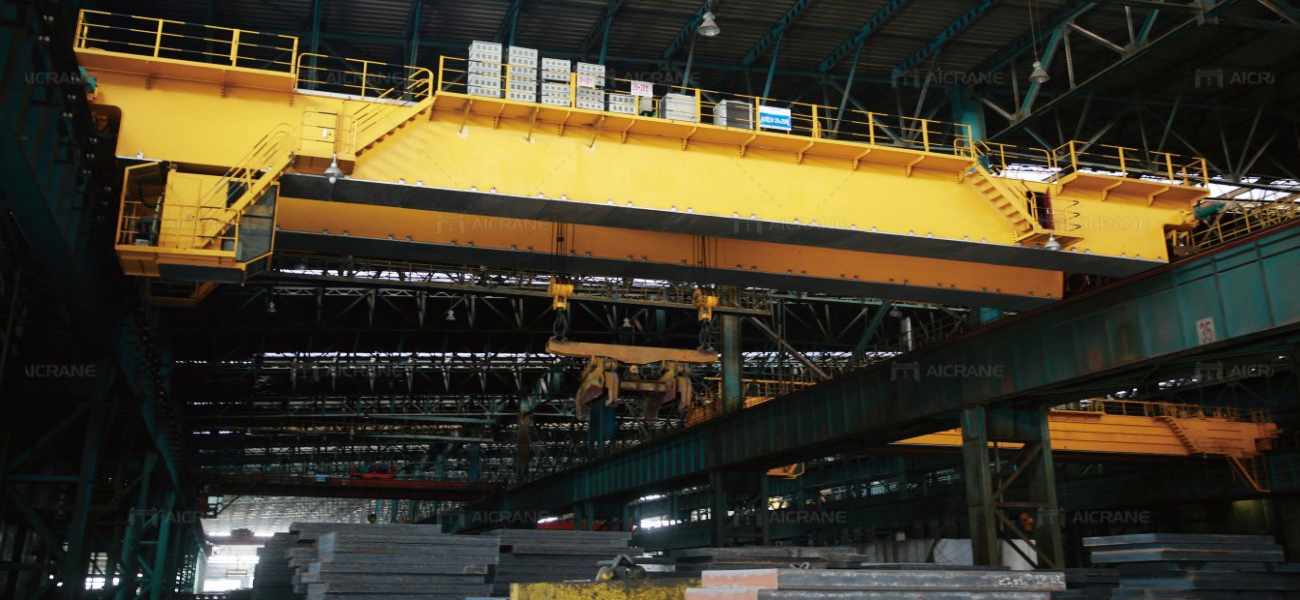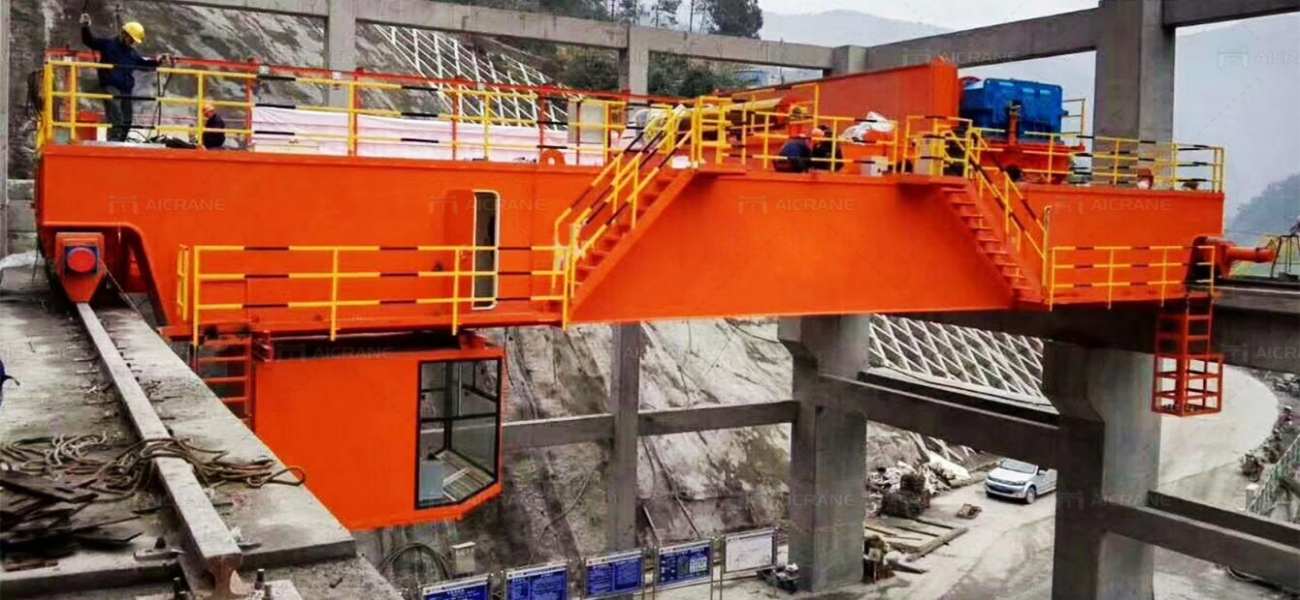Investing in an Electric Overhead Traveling (EOT) crane is a significant decision for any industrial facility. EOT cranes are pivotal for efficient material handling, enhancing productivity, and ensuring safety in environments that require lifting and moving heavy loads. However, understanding whether this investment aligns with your business goals requires a comprehensive cost-benefit analysis. This article explores the key factors involved in evaluating the cost and benefits of investing in an industrial EOT crane.

Understanding the Costs
Investing in an EOT crane involves several cost components, including:
a. Initial Purchase Price
The initial cost of purchasing an EOT crane can be substantial. This price varies depending on the crane’s capacity, design, and additional features. Basic models are less expensive, but high-capacity cranes or those with advanced features can significantly increase the cost. When budgeting for a crane, it’s essential to consider not only the purchase price but also any customization or additional features that might be required.
b. Installation Costs
The installation of an EOT crane involves several steps, including site preparation, foundation work, and crane assembly. Installation costs can vary based on the complexity of the setup and the location of the facility. Additionally, specialized labor may be required for installation, which can further increase costs.
c. Operational Costs
Ongoing operational costs include energy consumption, routine maintenance, and repairs. EOT cranes require regular maintenance to ensure their optimal performance and longevity. This includes inspecting and servicing mechanical components, checking electrical systems, and replacing worn parts. Operational costs also encompass energy consumption, as EOT cranes require electricity to function.
d. Training and Certification
Proper training for crane operators is crucial for safe and efficient operation. Training programs and certification for operators and maintenance personnel can add to the overall cost of investing in an EOT crane. Ensuring that your staff is well-trained helps in minimizing errors and enhancing safety. If you are interested in knowing more about industrial overhead cranes, you can click here for details: https://aicranemachine.com/overhead-crane/industrial/.
Evaluating the Benefits
The benefits of investing in an EOT crane can outweigh the initial costs. Here’s how:
a. Increased Efficiency and Productivity
EOT cranes significantly improve material handling efficiency. They can lift and move heavy loads quickly and accurately, reducing the time required for manual handling and transportation. This increased efficiency translates to higher productivity and can lead to faster project completion, which can positively impact overall profitability.

b. Enhanced Safety
Safety is a critical consideration in industrial environments. EOT cranes help in minimizing manual handling, which reduces the risk of workplace injuries. Properly operated and maintained cranes ensure that heavy loads are moved safely, reducing the likelihood of accidents and damage to equipment or facilities. Investing in an EOT crane contributes to a safer work environment, which can also reduce insurance costs and liabilities.
c. Long-Term Cost Savings
While the initial investment in an EOT crane may be high, the long-term cost savings can be substantial. Cranes are durable and designed for heavy-duty use, which means they can offer many years of reliable service. Efficient material handling reduces the need for additional labor and minimizes equipment damage, leading to overall cost savings.
d. Improved Workflow and Space Utilization
EOT cranes facilitate better workflow management by allowing for efficient movement of materials and products. This improved workflow can optimize the use of available space, reducing congestion and improving overall operational efficiency. Enhanced space utilization can lead to more organized and productive work areas. Aicrane is experienced in offering cost-effective eot crane solutions and you can get a suitable one for your business from the company.
Conducting a Cost-Benefit Analysis
To make an informed decision about investing in an EOT crane, a detailed cost-benefit analysis is essential. Here’s a step-by-step approach:
a. Calculate Total Costs
Begin by estimating the total costs involved, including the purchase price, installation, operational costs, training, and any additional expenses. This will give you a clear picture of the initial financial commitment required.
b. Assess Potential Benefits
Quantify the benefits of the EOT crane, such as increased productivity, improved safety, and long-term cost savings. Consider both tangible and intangible benefits. Tangible benefits can be measured in terms of increased output and reduced labor costs, while intangible benefits might include improved employee morale and enhanced workplace safety.
c. Compare Costs and Benefits
Compare the total costs with the expected benefits to determine the return on investment (ROI). This can be done using metrics such as payback period (the time it takes to recoup the initial investment) and net present value (the difference between the present value of benefits and costs). A positive ROI indicates that the investment is likely to be worthwhile.
d. Consider Alternative Options
Evaluate alternative solutions to determine if there are more cost-effective options available. For example, renting or leasing an EOT crane might be a viable option for short-term needs or specific projects. Additionally, assess whether upgrading existing equipment could offer similar benefits without the need for a new crane.
Making the Decision
After conducting a thorough cost-benefit analysis, you will be in a better position to make an informed decision about investing in an EOT crane. Consider the strategic goals of your facility, the potential impact on operations, and the long-term benefits. Engaging with industry experts and consulting with overhead crane manufacturers can provide valuable insights and help you make the best choice for your specific needs.
Investing in an industrial EOT crane involves significant financial commitment, but the potential benefits can outweigh the costs. By conducting a detailed cost-benefit analysis, you can assess the impact of the crane on efficiency, safety, and long-term cost savings. Understanding the costs involved, evaluating the benefits, and comparing them against alternative solutions will help you make an informed decision that aligns with your facility’s operational goals and financial considerations. An EOT crane can be a valuable asset, enhancing productivity and safety while providing a solid return on investment over time.